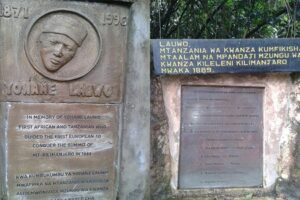
Kilimanjaro Climbing History: Lauwo’s First Summit & Chagga
Table of Contents Who Was Lauwo? Tanzania’s First Kilimanjaro Guide | Kili Quests When talking about the first successful ascent of Mount Kilimanjaro, most people
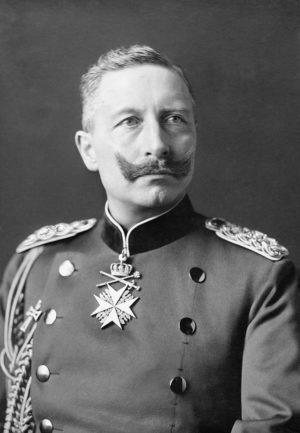

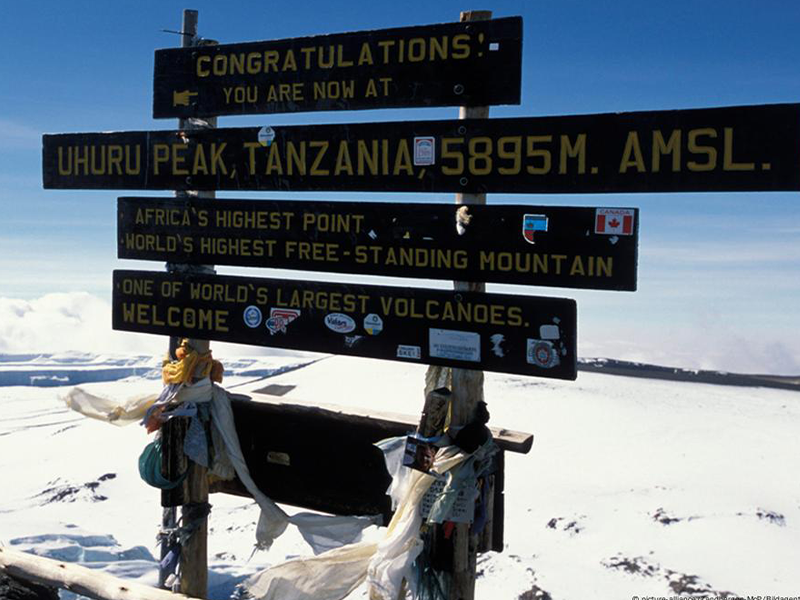
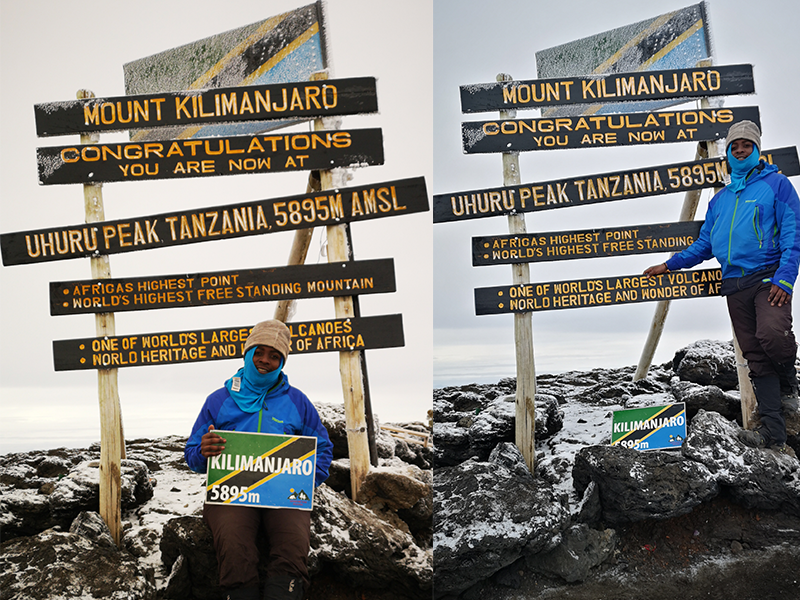
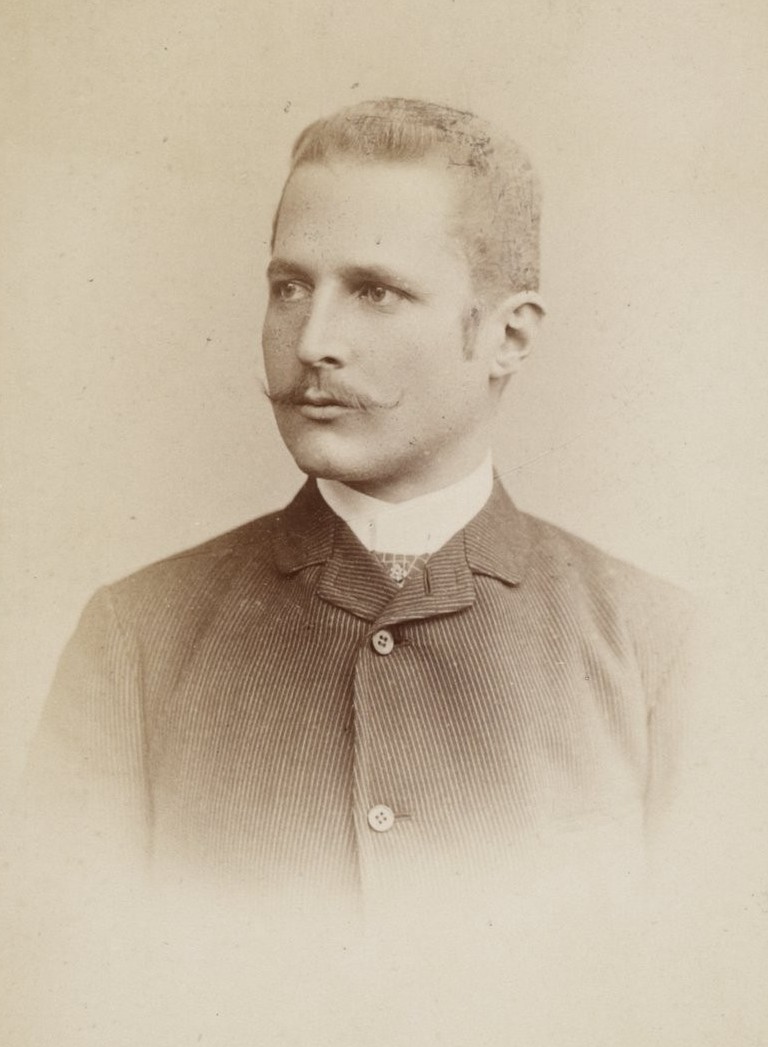
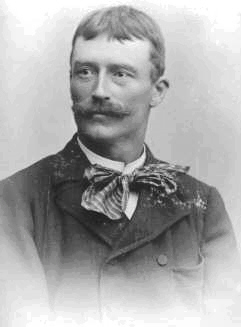
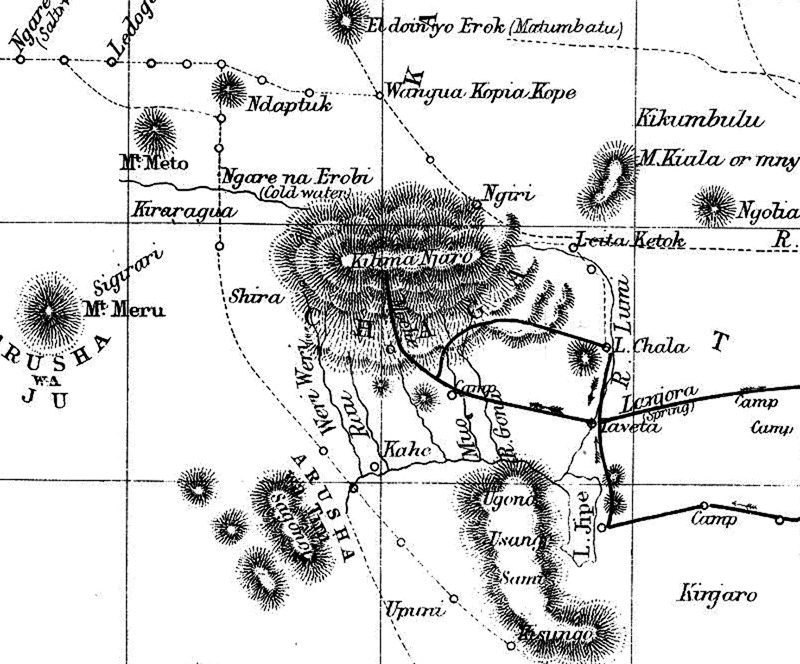

Table of Contents Who Was Lauwo? Tanzania’s First Kilimanjaro Guide | Kili Quests When talking about the first successful ascent of Mount Kilimanjaro, most people

Table of Contents Why Kilimanjaro Is Africa’s Most Iconic Landmark | Kili Quests Mount Kilimanjaro is one of the most recognized and revered natural
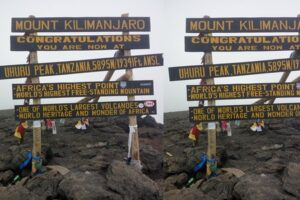
Table of Contents Uhuru Peak? The Story Behind the Name | Kili Quests Uhuru Peak is not only the summit of Mount Kilimanjaro, but
@2025 Kili Quests. All rights reserved.